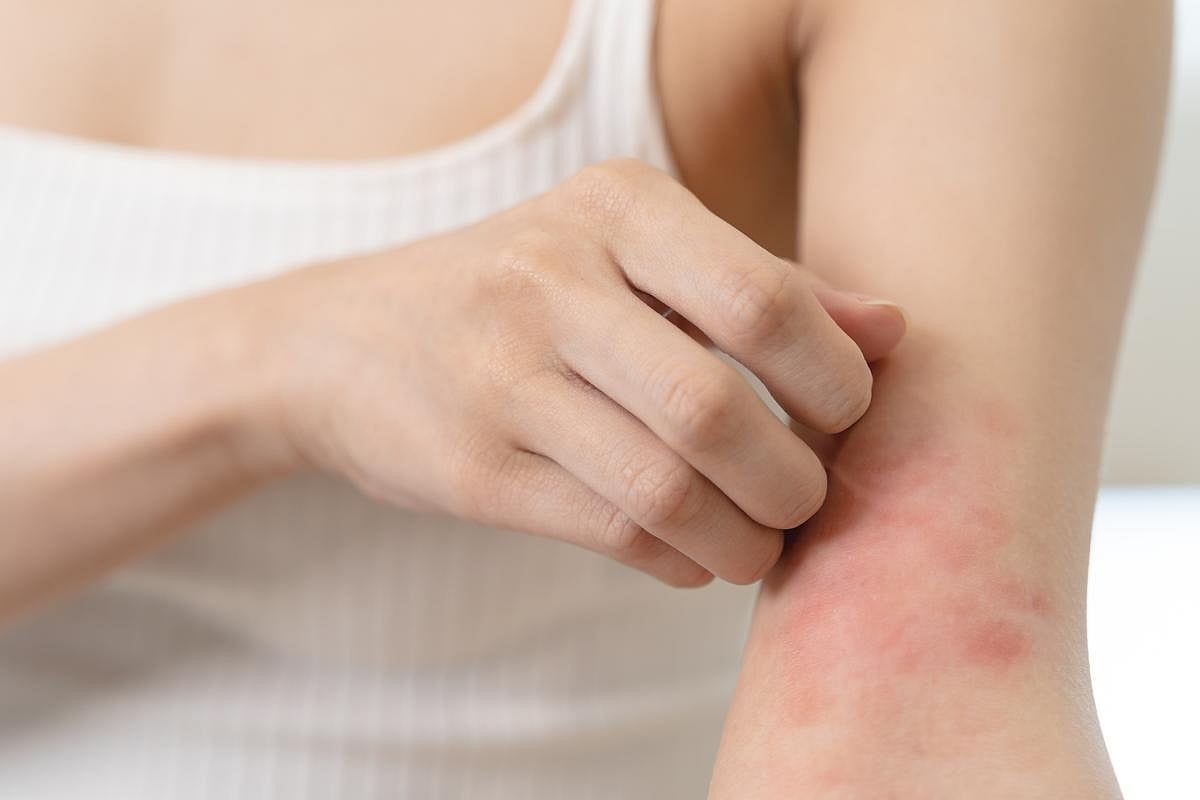Manténgase sano!

- Posted August 16, 2025
Doctors Seek Best Way to Treat Newly Discovered Genetic Disorder
SATURDAY, Aug. 16, 2025 (HealthDay News) — Most folks probably think of gene mutations as something people are born with, but genes can also change later in life, sometimes making people sick.
Scientists recently discovered a new disease that starts just that way in midlife.
Called VEXAS, it’s marked by repeated attacks of inflammation caused by an immune system that goes rogue and attacks its own cells.
"Part of normal aging is that all our cells develop mutations," Dr. David Beck, a New York University geneticist who was part of the team that discovered VEXAS, told NIH News in Health. "It’s just normal wear and tear on our cells as we get older."
The type of mutation that causes VEXAS — known as an acquired mutation — is not passed on from parent to child. Acquired mutations develop, instead, over a lifetime, and exposure to radiation or chemicals may contribute.
Scientists are just beginning to understand the underlying causes of VEXAS and how to treat it. Folks with VEXAS may have fevers, rashes or fatigue. Sometimes, the disease affects the bone marrow and blood, other times, various organs.
The culprit: Changes to a gene in red blood cells called UBA1.
While women have two copies of this gene, men have only one — and mutations to that sole copy double their risk for VEXAS. (In women, mutations would have to occur in both copies of the gene.)
The UBA1 gene holds instructions for production of a key enzyme that flags damaged or unneeded proteins for removal from the body, according to NIH News in Health.
Mutations to the UBA1 gene can make that enzyme malfunction. And that, in turn, can trigger a chain reaction that activates the body’s disease defense system, leading to inflammation.
About 1 in 13,600 people have mutations that can cause VEXAS, Beck’s team estimated. Among folks over 50, 1 in 8,000 do — and among men, 1 in 4,000. It’s diagnosed by testing for UBA1 mutations.
The symptoms of VEXAS include:
Extreme fatigue
Pain, swelling and redness of nose and ears
Recurrent skin rashes, which may be painful
Blood clots and inflammed blood vessels
Lung inflammation, including shortness of breath and cough
Anemia
Low platelet and white blood cell levels
Abnormal findings on bone marrow biopsy
Researchers are still figuring out the best ways to treat the new disease.
Steroids or other drugs that block the body’s immune response can ease inflammation, they noted. Drugs used to treat some blood cancers are also being evaluated for treating VEXAS’s effects on blood and bone marrow.
The NIH is recruiting participants for a clinical trial to see if bone marrow transplants can treat VEXAS syndrome.
"We’re still learning about this disease," Beck told NIH News in Health. "It’s only been recognized for the last few years. So a lot more work needs to be done."
More information
Learn more about VEXAS syndrome at the Cleveland Clinic.
SOURCE: National Institutes of Health, August 2025









